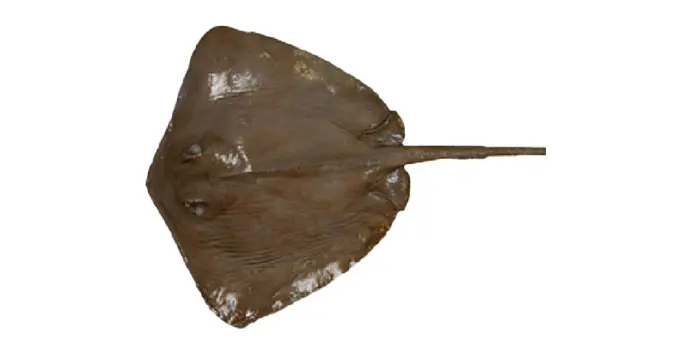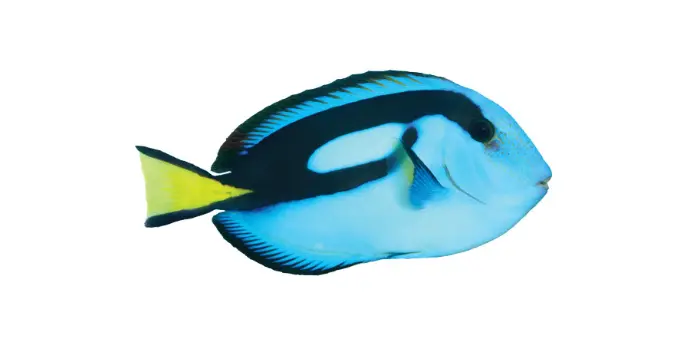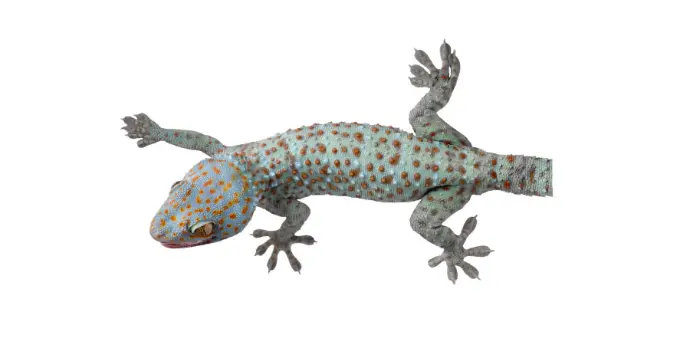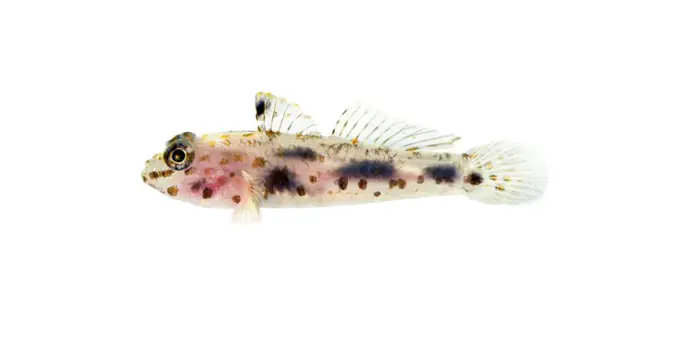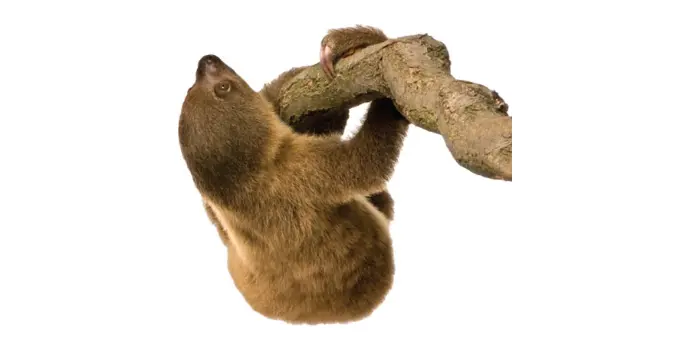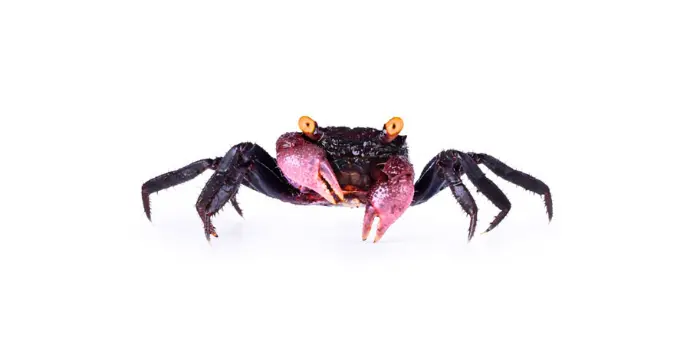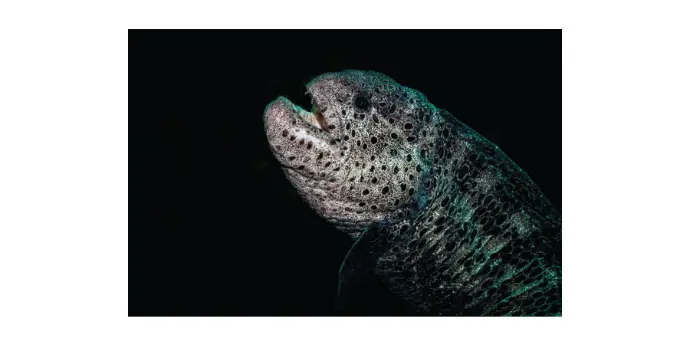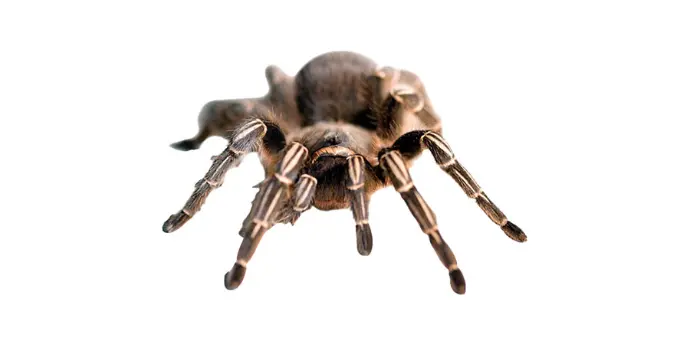ANIMALS
Anemone
Sea Anemones are relatives of jellies and coral stinging cells which they use to capture prey and protect themselves.
Argentine Red Tegu
These Tegus are often seen destroying bee hives because of its fondness for consuming honey.
Asian Small Clawed Otter
Asian Small Clawed Otters are the smallest species of otter.
Atlantic Stingray
These stingrays can grow to 2 feet across and 3.5 feet long including the tail.
Axolotl
Also called Mexican Salamanders or Mexican Walking Fish, Axolotls are salamanders, not fish!
Ball Python
Adults are generally only 3-4 feet long, but large female Ball Pythons may reach up to 6 feet.
Banded Archerfish
These fish have the ability to compensate for the refraction of light through water when aiming and shooting.
Bangaii Cardinalfish
They live and feed near the bottom of the sea, and usually have a diet of small fish and crustaceans.
Bat Ray
The Bat Ray is a type of eagle ray, which have long tails and tightly-packed rows of flattened teeth that form crushing plates.
Bearded Dragon
Pogona are more commonly known as “Bearded Dragon” and are a genus of reptiles containing six lizard species.
Bengal cat
Bengal cats are descendants of domestic cats and wild Asian leopard cats.
Blacktip Reef Shark
Adult Blacktip Reef Sharks often reach a length of 5 feet, but have been found up to 6 feet long.
Blue Damselfish
The Blue Damselfish is also known as the Blue Devil or Sapphire Devil fish.
Blue Tang
Blue Tangs are easily recognized by their royal blue body, yellow tail, and black “palette” design.
Blue-Tongued Skink
The namesake bright blue tongue is used by this lizard as a warning signal.
Burmese Python
Burmese Pythons are considered the second heaviest and third longest snake species, with large females reaching up to 400 pounds and 18 feet long.
Caiman Lizard
These lizards are semi aquatic, but also excellent climbers. They will rest on branches above water for an easy dive down to escape if threatened.
Clown Knifefish
This species grows to a fairly large size, up to a little more than 3 feet and can weigh up to 11 pounds in the wild.
Common Boa
Common Boas reach an average of 4 to 8 ft, but are known to reach 12ft in length and typically weigh up to 13 pounds as an adult.
Common Snapping turtle
These turtles are omnivorous and will eat anything they can find including plants, insects, fish, frogs and snakes.
Coral
These turtles are omnivorous and will eat anything they can find including plants, insects, fish, frogs and snakes.
Green Iguana
These turtles are omnivorous and will eat anything they can find including plants, insects, fish, frogs and snakes.
Iridescent Shark
These turtles are omnivorous and will eat anything they can find including plants, insects, fish, frogs and snakes.
Koi
Common Carp were raised for food across Europe and Asia in ancient times. In Japan, they were bred for color in the 1820s and became Koi.
Kookaburra
Kookaburras are almost exclusively carnivorous, eating mice, snakes, insects, small reptiles, and sometimes other birds.
Nigerian Dwarf Goat
The Nigerian Dwarf goats are bred as companion animals and for their milk.
Nurse Shark
Reaching up to 10 feet in length, Nurse Sharks are large, nocturnal, bottomdwelling sharks that often live near rocky or coral patch reefs.
Parakeet
Nomadic seed-eaters, wild Parakeets follow available food and water across dry regions of Australia.
Poison Dart Frogs
Dart Frogs exhibit some of the most brilliant and beautiful colors on Earth.
Porcupine
Adult African Crested Porcupines can weight up to 60 pounds, and can grow to 3 feet in length excluding their tail.
Prairie Dogs
They are a keystone species, black footed ferrets and Burrowing Owls also exclusively use prairie dog burrows to raise their young.
Pufferfish MBU
The Mbu puffer is capable of inflating itself with water or air when stressed or otherwise frightened.
Red Devil Cichild
Red Devils have plenty of large teeth and strong jaws, making them great predators.
Red-tailed boa
Red-tailed Boas are recognized by their primarily tan or grey base color with brown “saddles” along the length of their body.
Red-Tailed catfish
Red-tailed Catfish can live up to 20 years, and grow to be over 4 feet in length and weigh up to 180 pounds.
Sailfin Lizard
The lizard defends itself from predators by escaping into the water, often dropping from tree limbs, where it rests.
Silkie Chicken
Silkie Chickens are relatively small chickens, with males weighing about 4 pounds and females weighing about 3 pounds.
Silver Arowana
Arowanas are called “bonytongues” due to a toothed bone on the floor of the mouth that meets teeth on the roof of the mouth.
Six-Banded Armadillo
The number of bands an Armadillo has denotes the specific species..
Southern Stingray
Adult Southern Stingrays may grow to 6.5 feet across their pectoral fins.
Stonefish
The stonefish is a highly venomous marine fish known for its exceptional camouflage and potent toxins.
Tang
Tang fish have sharp spines on their sides of their tails called scalpels. When threatened they will thrash their tails in defense.
Three-Banded Armadillo
Armadillos are the only mammals that are covered by a shell, which is made up of bony plates and covered in a very thick hard skin.
Tokay Gecko
One of the largest gecko species, averaging 10–12 inches but capable of growing up to 16 inches long.
Transparent Cave Goby
The Transparent Goby is a small, delicate fish known for its almost see-through body.
Two-Toed Sloth
Sloths are built for life in the treetops. They eat, sleep, and give birth upside down.
White Sturgeon
White Sturgeons are the largest freshwater fish in North America, capable of growing over 20 feet long!
Wolf Eel
Though not true eels, Wolf Eels are elongated fish that resemble slender eels.
Zebra Tarantula
The Zebra Tarantula is a striking spider with bold black-and-white striped legs.









































